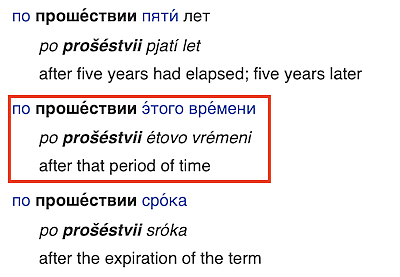Getting plaintext into Anki fields on macOS: An update
A few years ago, I wrote about my problems with HTML in Anki fields. If you check out that previous post you’ll get the backstory about my objection.
The gist is this: If you copy something from the web, Anki tries to maintain the formatting. Basically it just pastes the HTML off the clipboard. Supposedly, Anki offers to strip the formatting with Shift-paste, but I’ve point out to the developer specific examples where this fails. Basically, I only want plain text. Ever. I will take care of any and all formatting needs via the card templates. Period.

